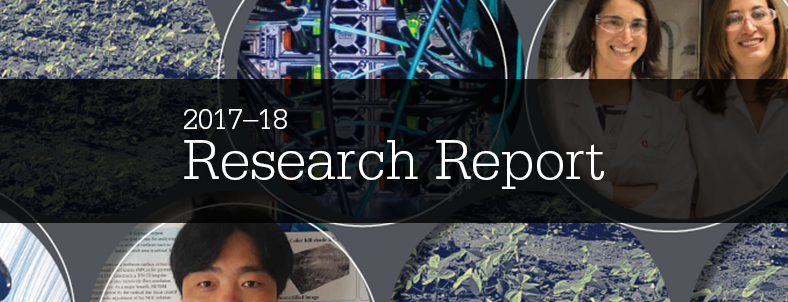Weld-induced distortion is an expensive and time-consuming problem for manufacturers of heavy equipment to overcome. However, modeling and simulation can be a major tool to help manufacturers predict and understand possible distortion, avoiding repair costs and waste down the road.
EWI—an engineering and technology organization headquartered in Columbus, Ohio–and the Ohio Supercomputer Center’s AweSim program are long-time partners in offering a Weld Predictor app that harnesses the power of high performance computing. The app allows clients to simulate arc welding procedures that predict microstructure, thermal profile, residual stress and distortion in heavy equipment manufacturing.
EWI’s current 2.5D Weld Predictor app through AweSim continues to attract clients because cost savings is estimated in the millions of dollars, and the app has been shown to reduce the scrap rate by 60 percent.
Recently, EWI teamed with OSC to create a 3D version of the Weld Predictor.
“The tools used 3D models and are applicable to three common types of welding processes: arc welding, laser welding and hybrid laser arc welding,” according to Yu-Ping Yang, who worked with AweSim as EWI’s principal engineer on Structural Integrity and Modeling. “Standard weld joints, butt joint, T-joint and lap joints, were included in the software tool. Open source finite element codes were used as a solver and as pre- and post-processing tools. A new web application front end was developed by OSC that allows interactive rotation and zoom controls by a user.”
EWI and AweSim developed a whole host of tools for the app, including:
- A python script developed for automatic mesh generation of the three welded joints using an open-source program.
- A material property database containing data for commonly used steels, aluminum alloys, and titanium alloys as well as corresponding filler wires.
- Weld modules for arc welding, laser beam welding, and hybrid laser arc welding to simulate welding processes to predict temperature, stress and distortion.
- An open-source software, ParaView, was identified for post-processing.
- A simulation flow and script developed for automatic analyses of welding processes.
“This app will be accessed by many users at once,” Yang said. “This research will extend to any welded structures. Industrial companies use this app to optimize their product design and manufacturing process, which will create big savings in terms of time and money to develop a new product and improve the existing manufacture processes.”
Project Lead: EWI
Research Title: 2.5D Weld Predictor app
Funding Source: EWI, AweSim, Digital Manufacturing and Design Innovation Institute
Website: https://ewi.org

